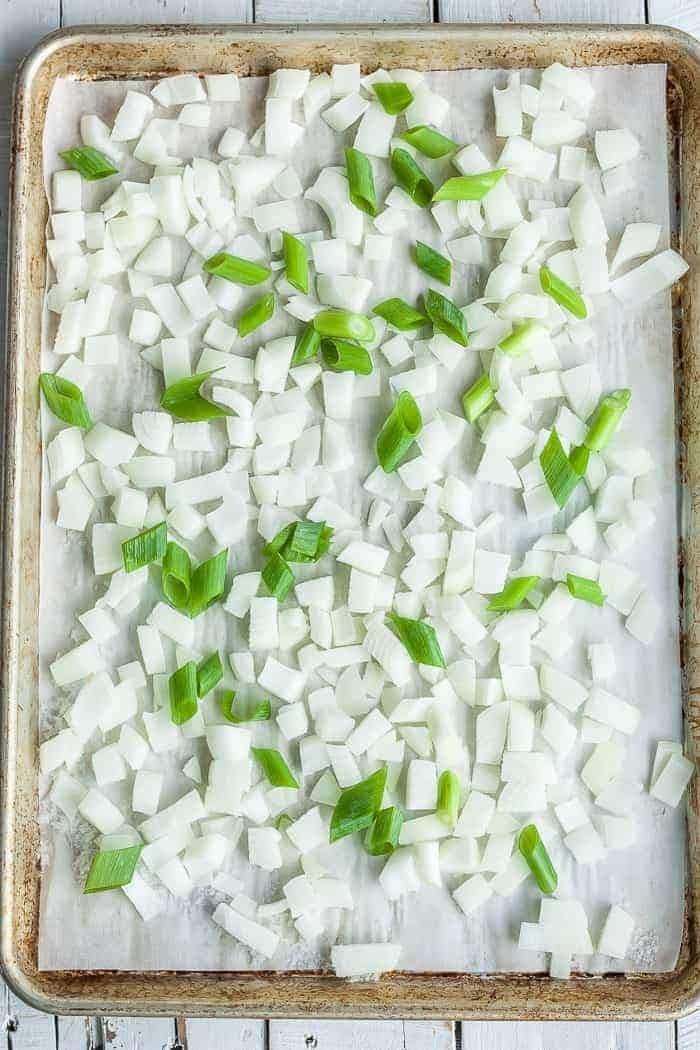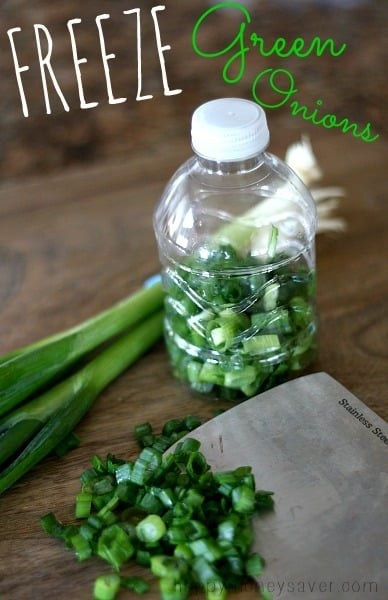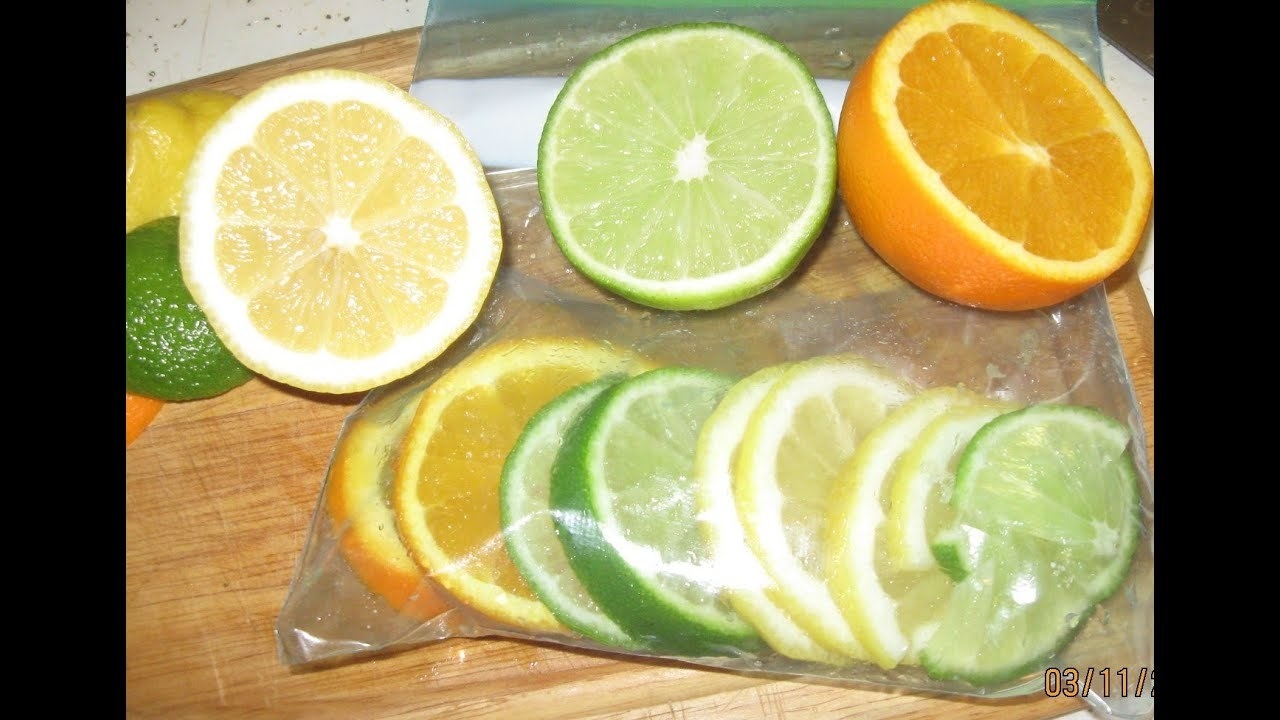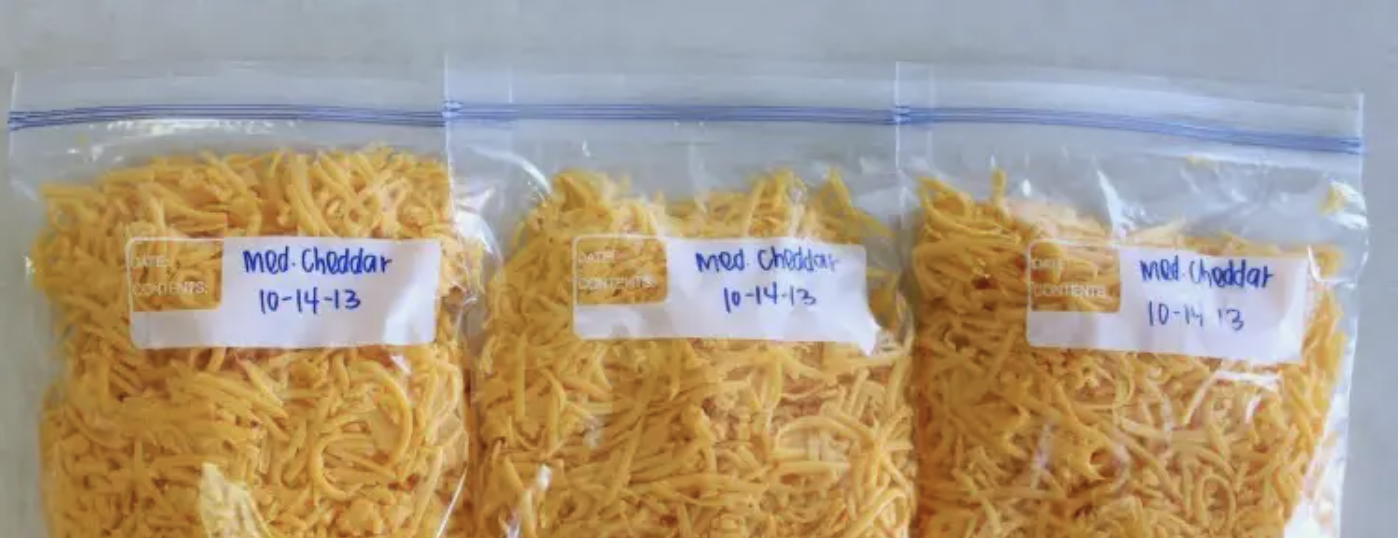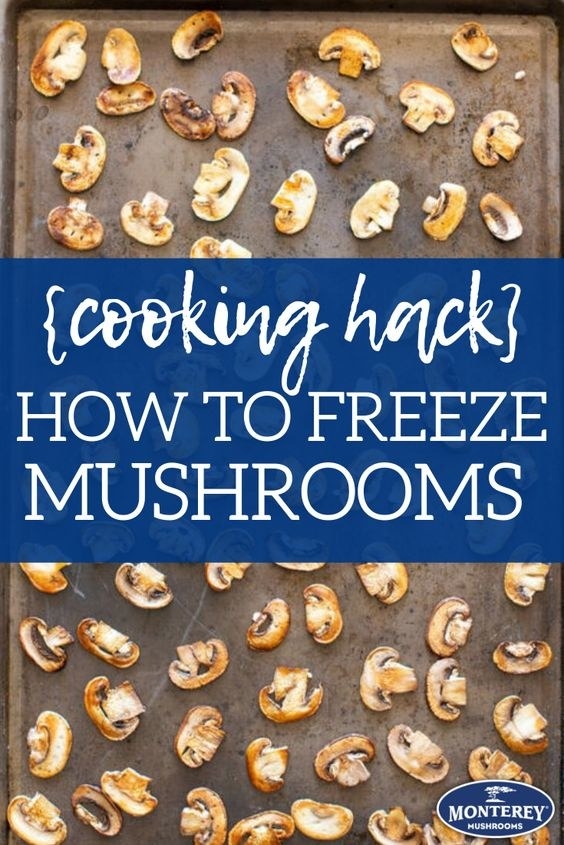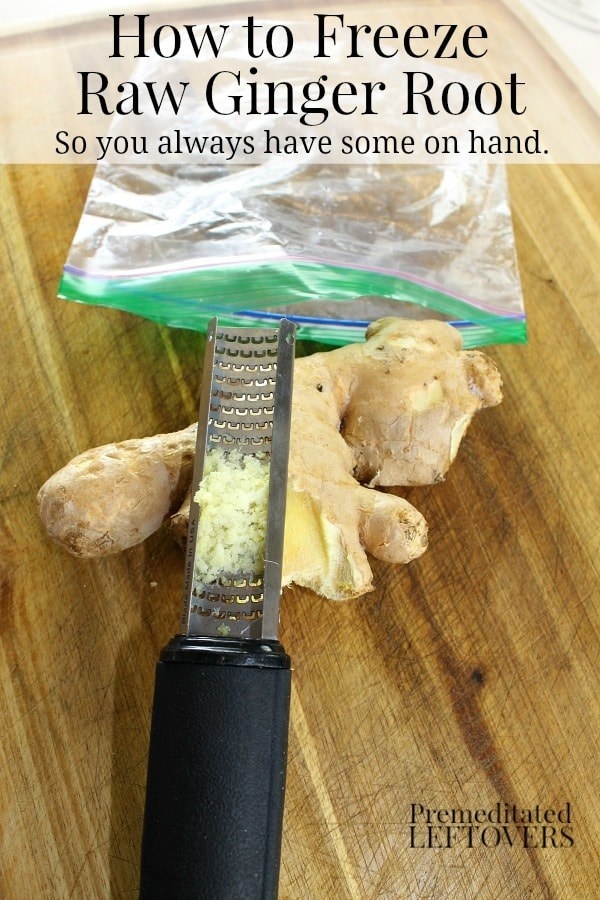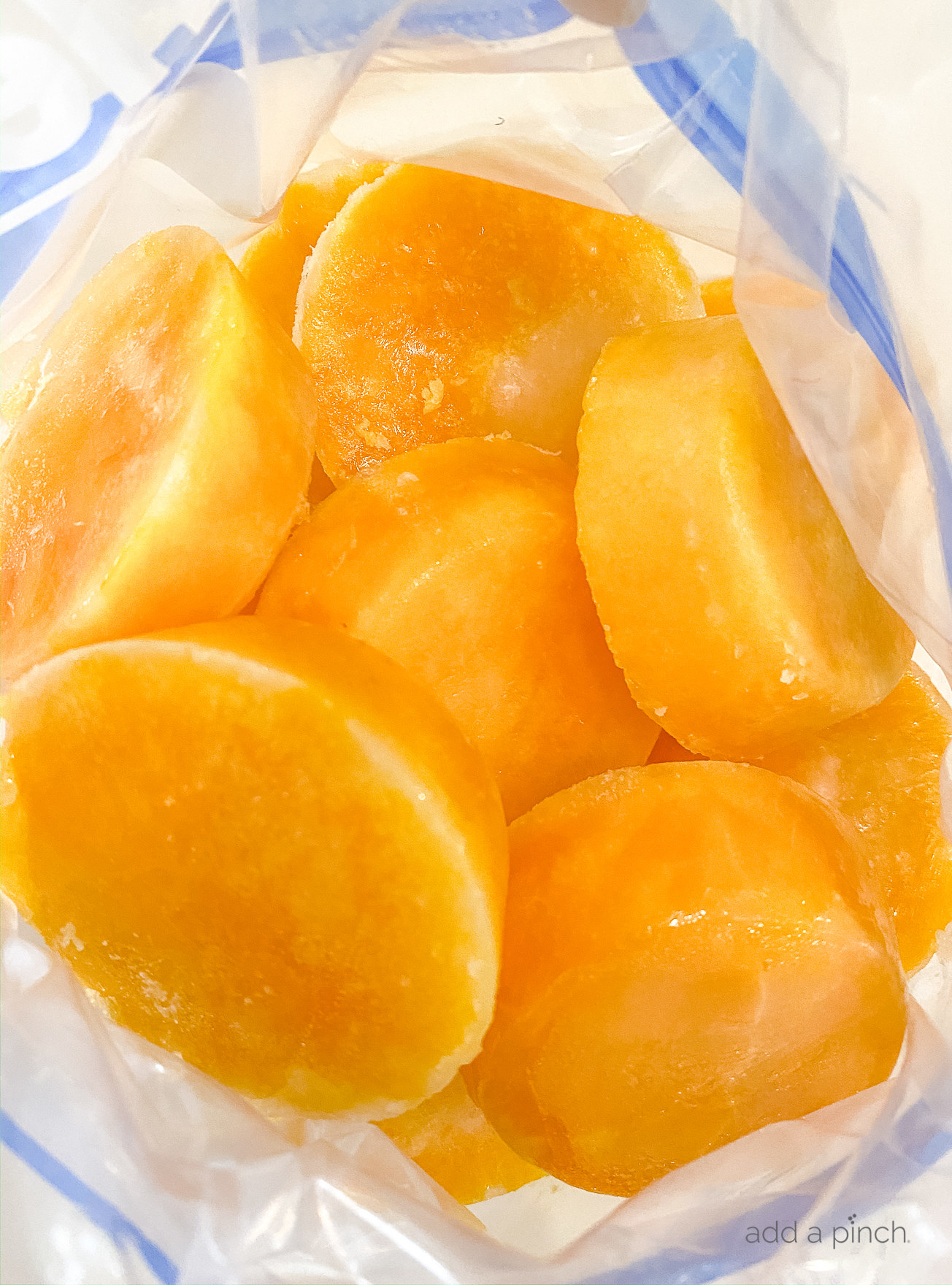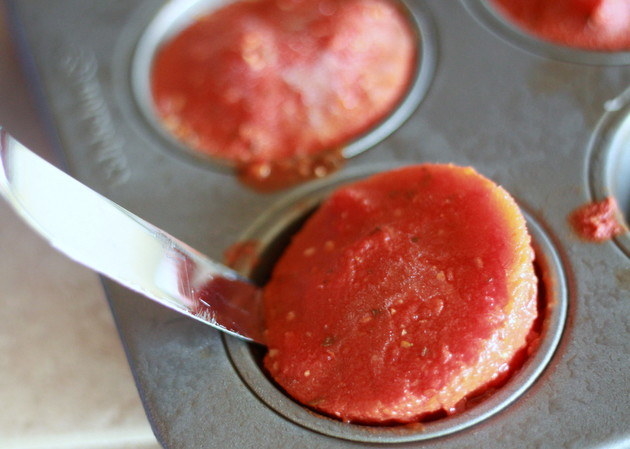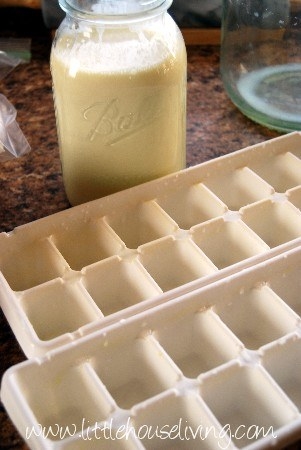Skip ahead by clicking on these links to find out how you should freeze:
Apples | Avocado | Bananas | Berries | Broccoli | Cabbage | Cauliflower | Carrots | Celery | Cheese | Corn | Eggs | Garlic | Ginger | Green Beans | Green Onions | Heavy Cream | Leafy Greens (Like Spinach or Kale) | Lemon or Lime Slices | Melon | Milk | Mushrooms | Onions | Peppers | Potatoes | Rice | Squash | Tomatoes

Welcome to the world of freezing fresh fruits, vegetables, and dairy. It will be so worth it.
Having frozen produce on hand will cut down on your grocery bill and save you time on practically all of your future cooking and dishwashing endeavors. It's a gift from Present You to Future You.
Unfortunately, in order to avoid putting serious time (and money!) into a meal only to find that every forkful contains that certain essence of freezer burn, there are right ways and wrong ways to freeze different types of foods, and not all fruits and vegetables are created equal.
The first thing you should know is that freezing food inevitably changes the texture.
So it's good to have some foresight into what you might be using the frozen thing for. Salads and garnishes? No. A hearty stew? Definitely. Frozen margaritas? Hell yes.
The second thing you should know is that liquids expand in the freezer (and fruits and vegetables contain a lot of secret liquid).
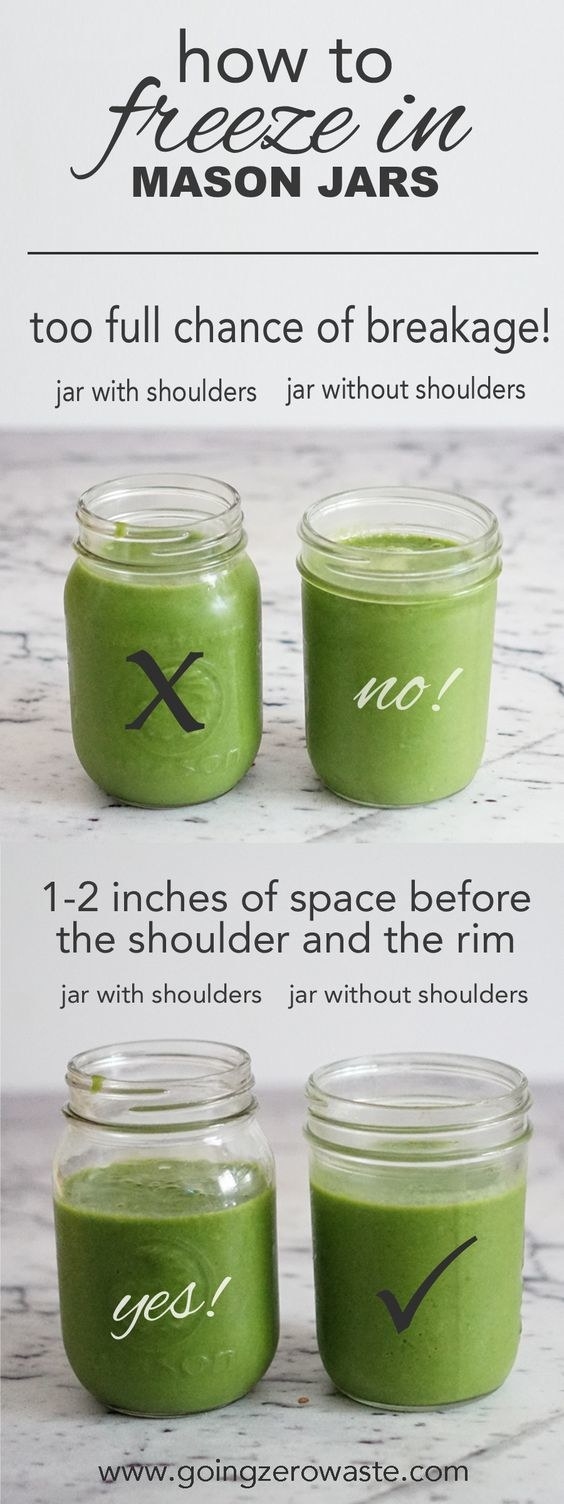
Another important tip: water = freezer burn.
It totally makes sense when you think about eating around those gross ice crystals that grow inside a pint of ice cream. When you can, ensure that you're getting any extra moisture off of your veggies and fruits before freezing, especially if they are freshly washed or blanched.
Final couple of tips: Get as much air out of your Ziploc (or reusable) bags before freezing as you can. And write the date on the outside.
Pro tip: stick a straw through the top of your bag before sealing and suck out all the air.
Now onto the basics: The two main methods of freezing are "flash-freezing" and "blanching."
Any fruit or vegetable that you are cutting up and prepping prior to freezing needs to be flash-frozen to avoid later having to deal with an untenable frozen mass.
Any vegetable that has a lot of water content needs to be blanched before freezing in order to preserve color, texture, and nutrients. We'll go through these two methods below.

How to Freeze Cantaloupe (works for pretty much any melon)
How to Freeze Avocado (Mashed, Cubed, or Halved)

How to Freeze Leafy Greens (For Long-Term Preservation)

How to Freeze Broccoli (This method also works for cauliflower and green beans.)


How to Freeze Spinach or Kale (For Short-Term Preservation)
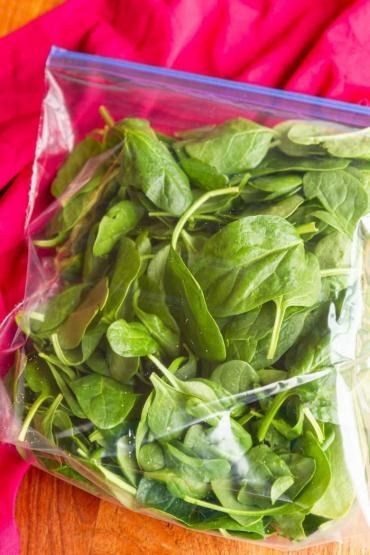
Finally, here's a handy chart of frozen food storage windows.


